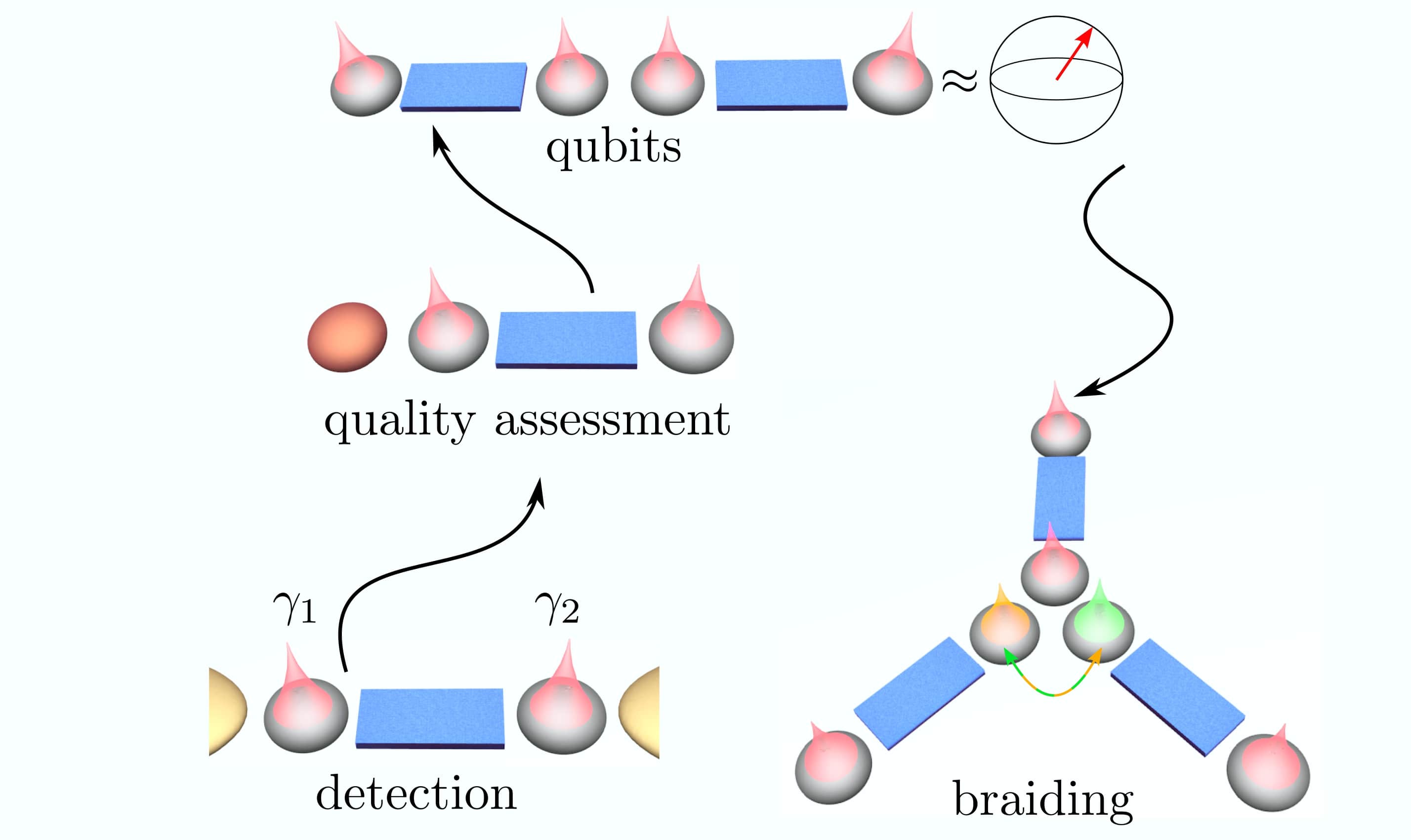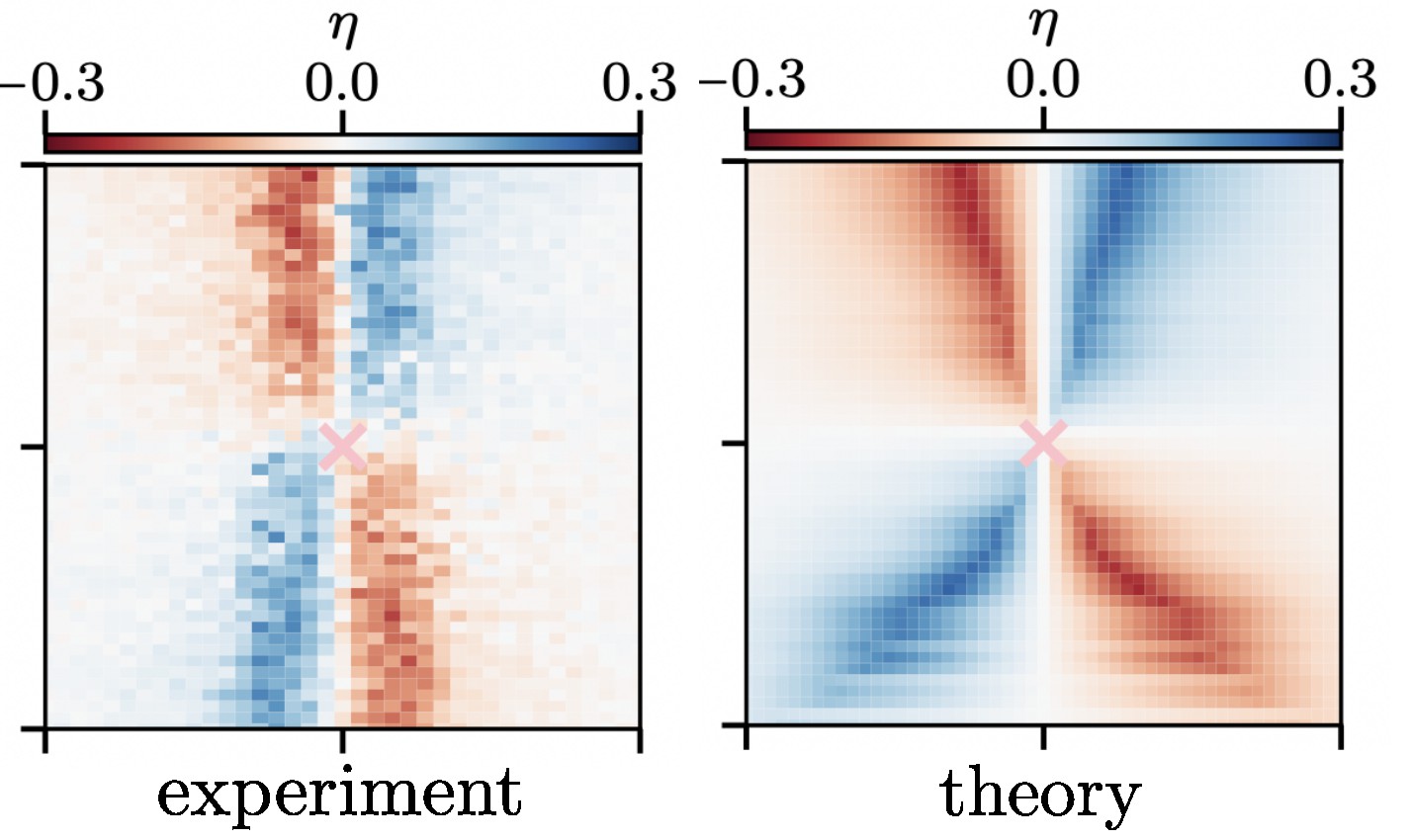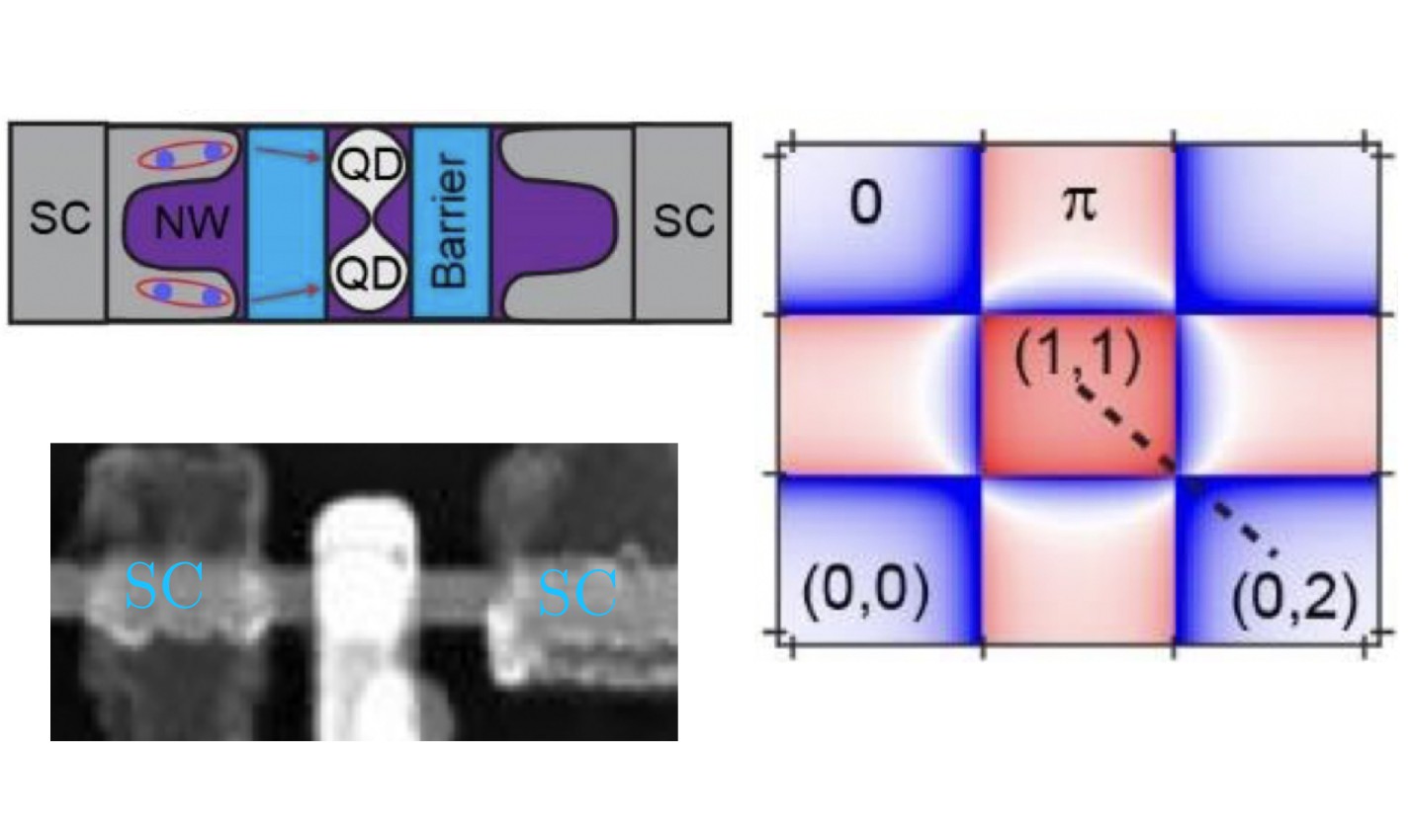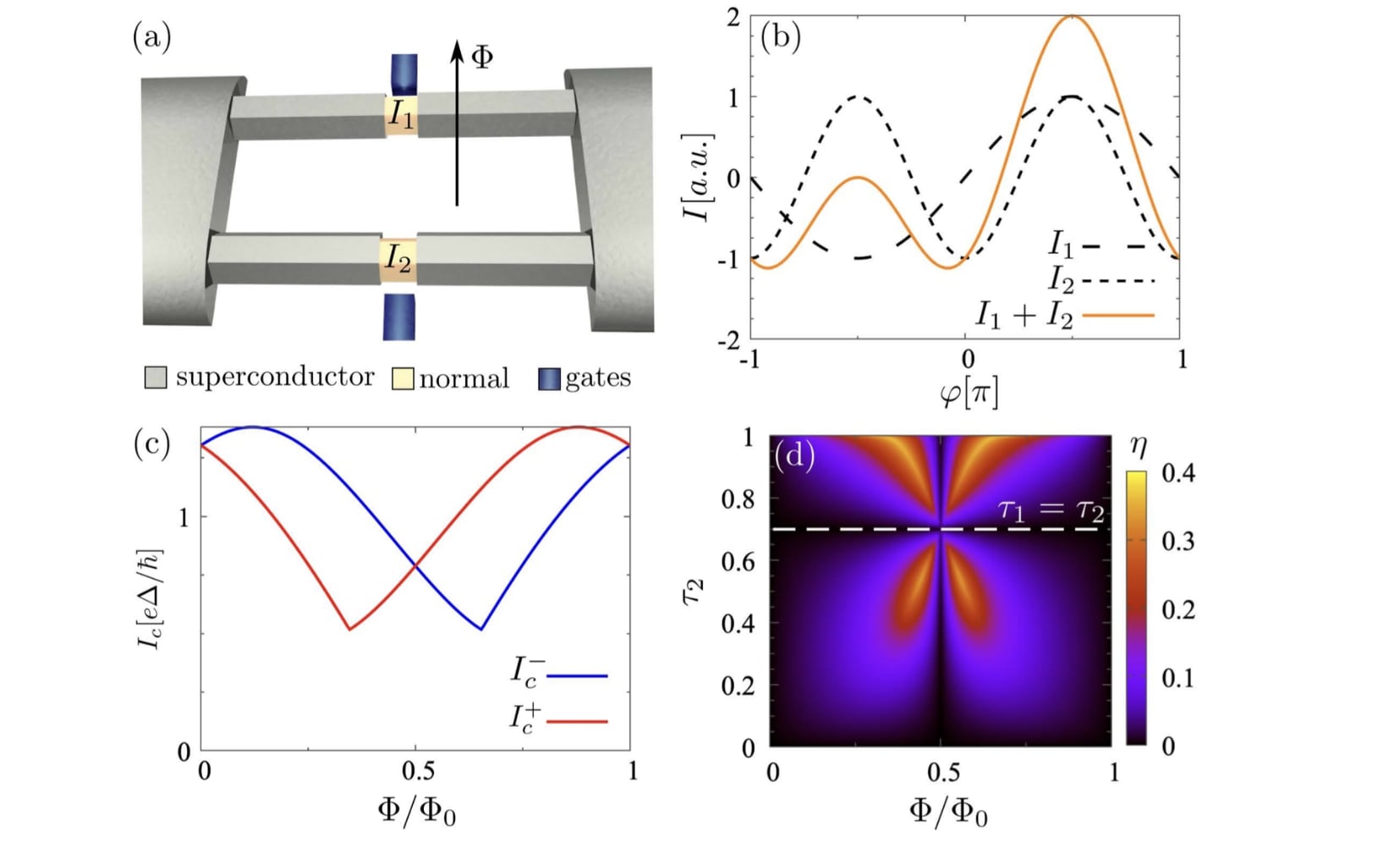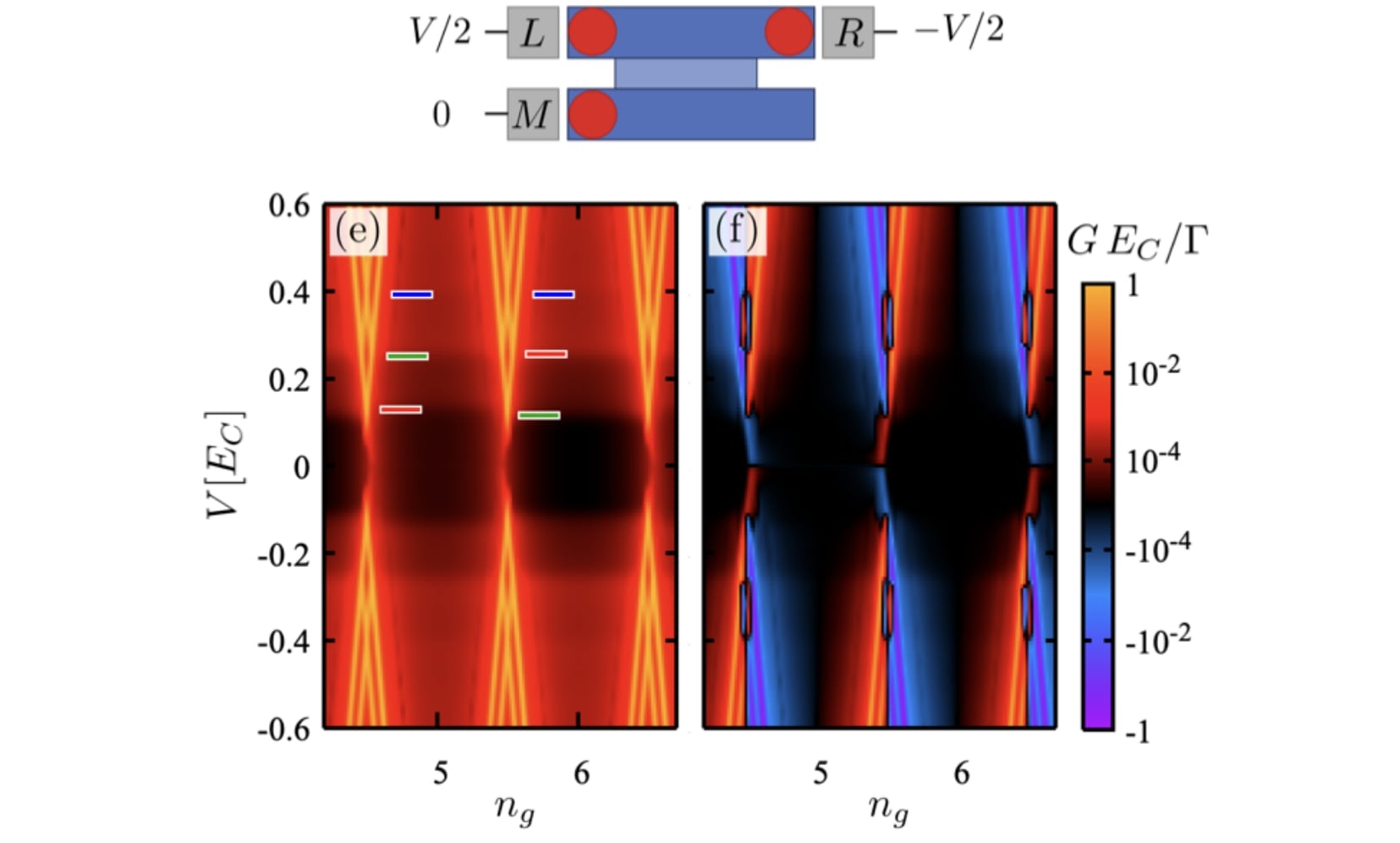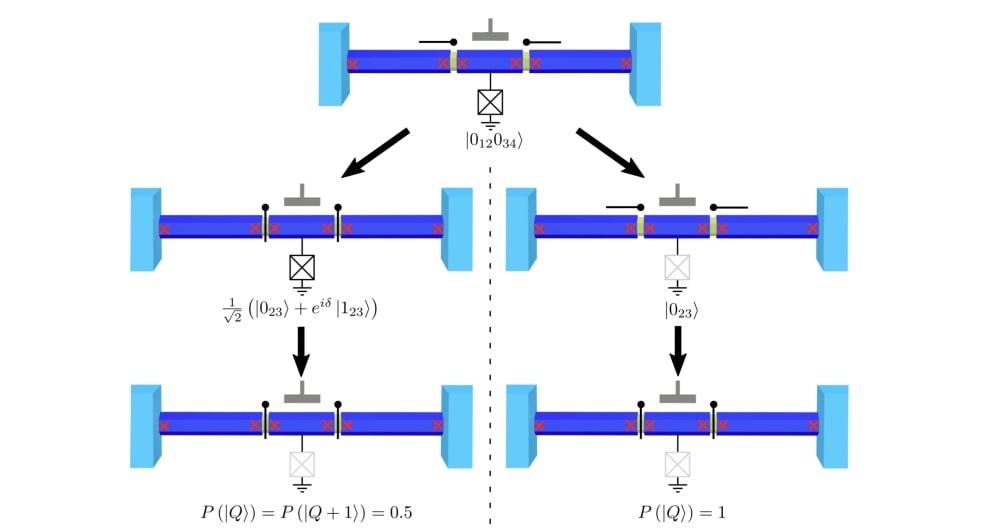ME IN NUMBERS
Conferences, Seminars, BSc, MSc and PhD Students, Books, Articles, preprints.
RESEARCH INTERESTS
Research Accomplishments
Mesoscopic physics, nanoelectronics, Superconductivity and topology.
Molecular Electronics
Fabrication advances now permit to contact of individual molecules between two electrodes and measure their electronic transport properties. Certain molecules behave like ordinary electronic components used nowadays. It has triggered intense research looking for the miniaturization of electronic components and controlling the electron current at the single-molecule scale. My research in this field is in the theoretical description of electronic transport through single-molecule junctions, focusing on electron interactions, many-body effects, and time-dependent phenomena. I approach this problem by combining approximations based on perturbation theory with exact methods, including numerical renormalization group or time-dependent density matrix renormalization group.
Hybrid Nanostructures.
Superconductivity is one of the most fascinating quantum effects in condensed matter systems. Fabrication advances in the last decades have made it possible to explore superconductivity in devices smaller than the superconducting coherence length. Different hybrid devices have been analyzed, containing superconductors weakly coupled to normal metals, ferromagnets, or quantum dots. At these scales, the electronic properties of these devices are dominated by the concept of Andreev reflection: an incoming electron that is reflected hole at the interface. We have two goals in this field. The first one is to understand the electronic properties of bulk superconductors coupled to other nanodevices, analyzing the role of interactions. We are interested in the formation of exotic Cooper pairs at the interface of superconductors and other materials. On the other hand, recent experimental advances have allowed fabricating small superconducting islands, which exhibits strong Coulomb repulsion. We are interested in the interplay between superconductivity and electrostatic repulsion, which modifies the transport through the nanometer device.
Topological superconductivity and Majorana bound states.
Topological materials have attracted tremendous interest in several disciplines, including condensed matter physics. These materials exhibit a gapped spectrum in the bulk and gapless states located at the edges, protected by symmetries. Particularly interesting examples of these materials are topological superconductors, which host Majorana bound states at their edges. They are non-local states that cannot be measured using local measurements. Majorana quasiparticles exhibit non-abelian exchange statistics, being fundamentally different from the one for bosons and fermions. This property can be used for fault-tolerant quantum information processing, giving a route for scaling up quantum devices. Although experiments have shown the presence of zero-energy states at the semiconductor-superconductor interface, the demonstration of non-abelian statistics is still a major challenge in the field. My research in this field focuses on developing ways to demonstrate Majorana non-abelian statistics and design devices with enhanced topological phases.

Rubén Seoane souto
Junior group leader
Materials Science Institute of Madrid,
Spanish Research Council (CSIC), Spain.
E-mail:ruben.seoane[at]csic.es
